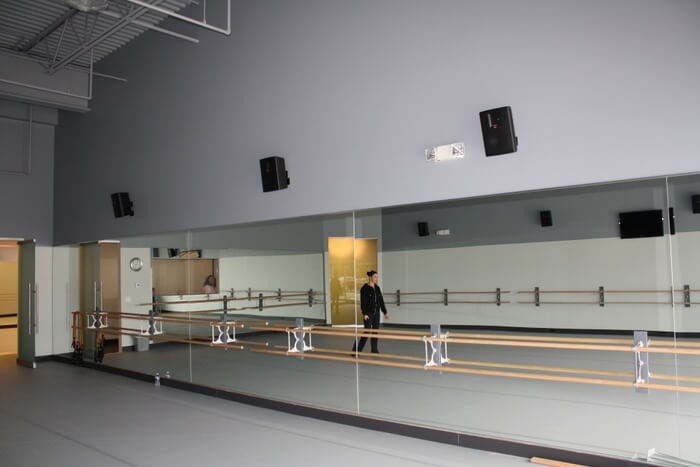
One of the primary benefits of combining legacy technologies with modern sound networking is enhanced adaptability. Traditional sound systems often involve complicated wiring and restricted routing choices. With audio networking solutions like Dante or AVB, sound signals can be transmitted over conventional Ethernet connections. This means that users can readily link various devices without the requirement for extensive rewiring. Regardless in a performance venue, a school theater, or a business event, this adaptability enables for quick modifications and modifications to the audio setup without major delays.
Performance is a further major factor that enhances when older systems are modernized with current communication solutions. Legacy systems may have difficulty to deliver high-quality sound, particularly in larger spaces or in complex occasions. By adopting sound networking, entities can take advantage of advanced features such as minimal latency, synchronization, and electronic data processing. These improvements assist guarantee that sound is distinct and uniform, enhancing the overall quality for listeners and performers together. This shift can make a noticeable impact in the way audio is experienced in various environments.
Moreover, integrating legacy systems with contemporary solutions can lead to financial savings in the long term. While modernizing to novel equipment may require an initial cost, the efficiency gained through audio communication can reduce upkeep expenses and decrease the need for ongoing fixes. Furthermore, connected systems often require fewer tangible room than traditional installations, which can save on property expenses in venues. Organizations can allocate resources more effectively, utilizing the savings they retain to invest in other important fields.
Finally, training staff on the method to operate integrated systems becomes easier with sound networking. Many contemporary audio communication systems come with user-friendly controls and distant control capabilities. This indicates that including those who may not extensive technological knowledge can learn to operate and control the audio systems effectively. Educational programs can be developed focused on you could check here these solutions, empowering staff to manage and troubleshoot systems with assurance. By combining the old with the modern, entities can create a more capable and knowledgeable workforce, ultimately leading to improved sound outcomes for everyone concerned.